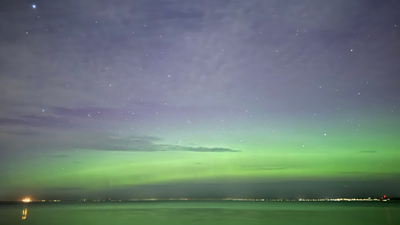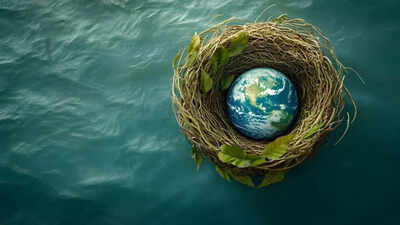‘Cannibal’ solar storm: Aurora australis puts on dazzling show across New Zealand & Australia — new photos emerge
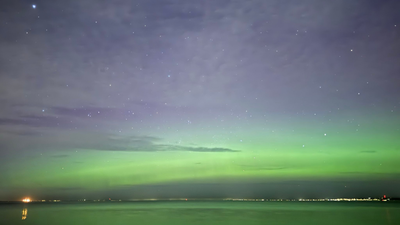
The night sky over Australia and New Zealand turned into a dazzling spectacle on Wednesday, as the aurora australis, or Southern Lights, painted the horizon in hues of pink, violet and green. The vibrant display was triggered by what scientists have dubbed a “cannibal” solar storm — a powerful geomagnetic event caused by bursts of solar energy colliding with Earth’s magnetic field.The Bureau of Meteorology confirmed that the storm reached G4 geomagnetic storm conditions, one of the highest categories on the intensity scale.Social media was soon flooded with images from across the continent, stretching as far north as Port Macquarie in New South Wales, while New Zealanders were also treated to a rare auroral glow.
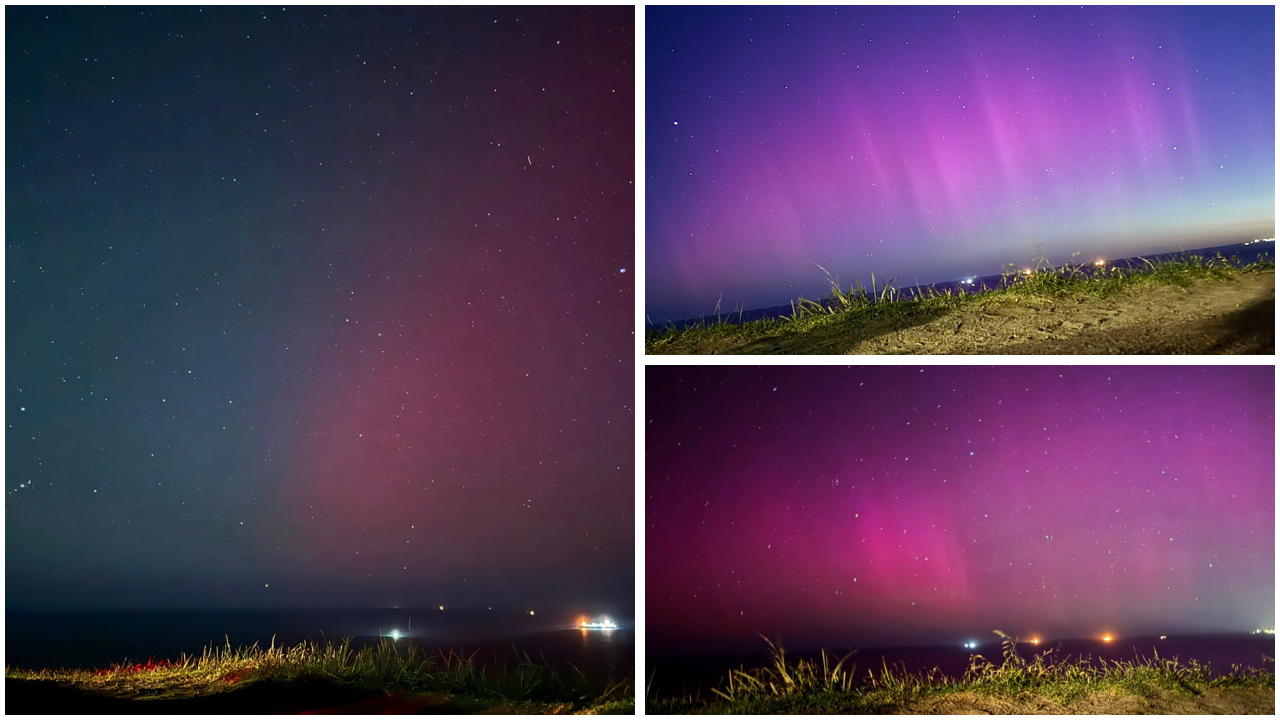

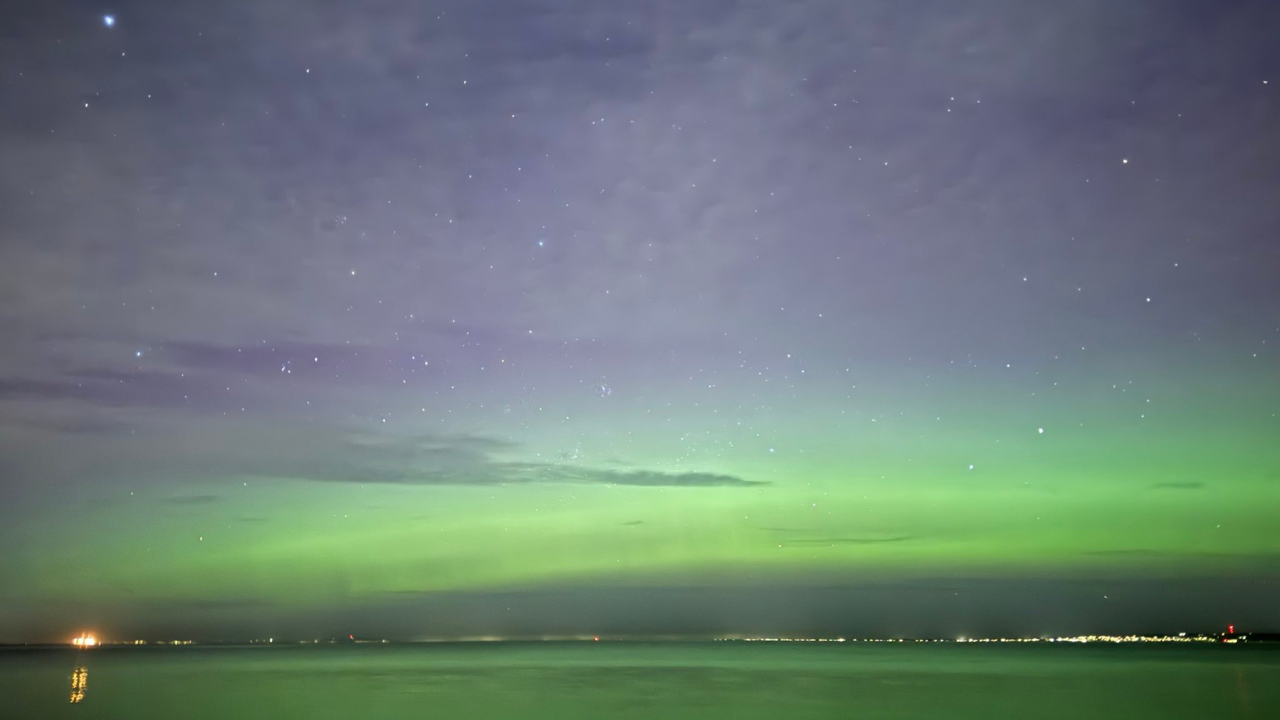
How the rare solar storm formed
The stunning phenomenon was triggered when two coronal mass ejections (CMEs) — massive bursts of charged particles from the Sun — collided en route to Earth. Auroras occur when charged solar particles interact with gases in Earth’s atmosphere, producing glowing colours. Dr Laura Driessen from the Sydney Institute for Astronomy explained that “a really strong and magnetically active sunspot” had released the CMEs on November 9 and 10, with the faster one catching up to the first.“The second one caught up with the first one and they amalgamated together by the time they reached Earth. Hence, the term ‘cannibalised’, as the second one gobbled up the first one,” she said, as quoted by The Guardian.
Northern lights shine too
Similar geomagnetic activity has illuminated the northern hemisphere, with aurora borealis displays stretching as far south as Mexico and the northern United States. The US National Oceanic and Atmospheric Administration (NOAA) recorded one of the strongest solar storms of the year, describing it as a level 4 storm on a five-point scale.NOAA meteorologist Mike Bettwy was quoted by ABC News as saying that electrons released during these CMEs collide with atoms in Earth’s atmosphere, creating the vivid curtains of light seen worldwide.
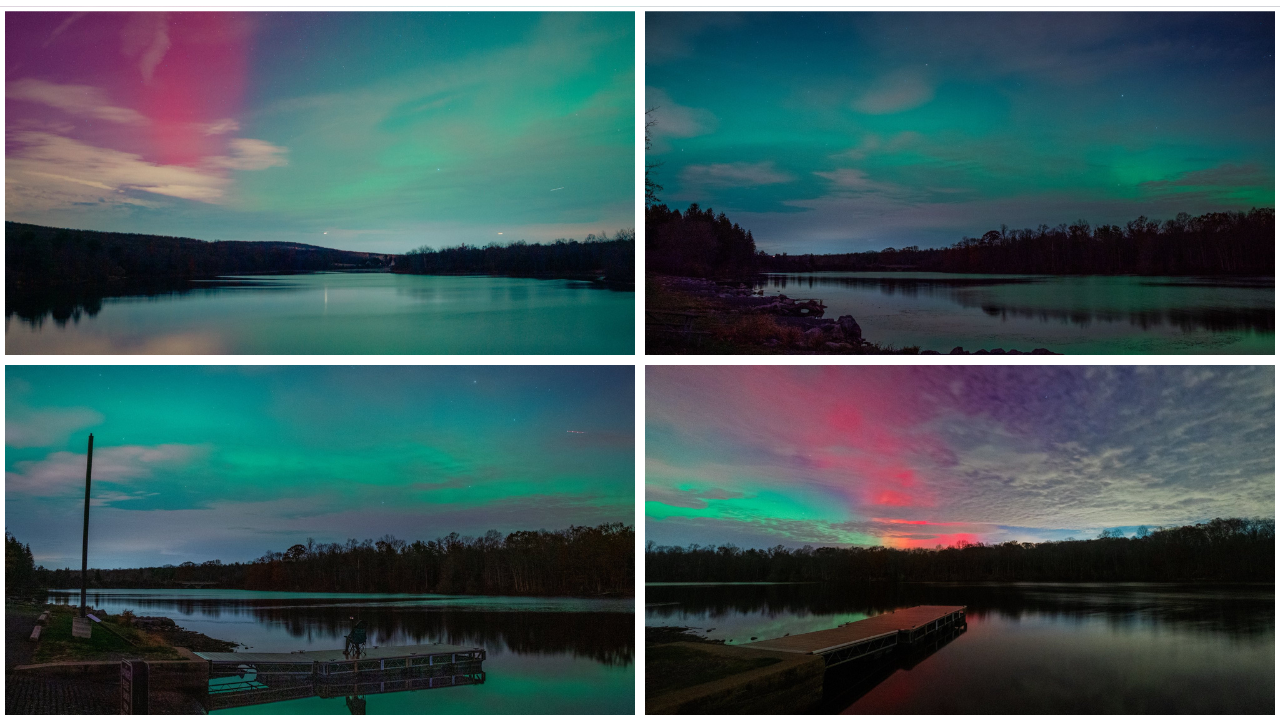
“It is quite unusual for the aurora to be visible at these low latitudes; probably only occurring once or twice per solar cycle,” he said.
Another chance to see the Southern Lights tonight
For those who missed the display, there may be another opportunity tonight. The same geomagnetic storm could continue interacting with Earth’s atmosphere, offering a second night of visibility.

The Bureau of Meteorology anticipates the best viewing times to be between 8 pm and 8.30 pm AEST, especially in southern and coastal regions such as Victoria, South Australia and Tasmania.As per Marie Claire, Dr Rebecca Allen from Swinburne’s Space Technology and Industry Institute noted that tonight “will most likely be the last chance to catch a glimpse,” as geomagnetic activity begins to decline. She added, “These things build up over a few days, and then they release.”
Best viewing spots and safety advisory
Experts suggest heading to dark, rural areas with a clear view of the southern horizon for optimal viewing, such as beaches or rural areas. City lights can diminish the spectacle, while long-exposure photography can help capture the most vibrant hues.Auroras can appear visible up to 1,000 kilometres away, with vivid colours often best captured through long-exposure photography.While breathtaking, such solar storms carry risks. As per The Guardian, these events can generate electric fields capable of disrupting power grids and satellite systems. The surge in solar activity also prompted Nasa and Blue Origin to postpone the launch of two Mars-bound spacecraft due to safety concerns.With the Sun now at its most active phase of its 11-year solar cycle, 9News quoted Dr Sarah Reeves of the Bureau of Meteorology saying, “We’ve passed the peak of the geomagnetic activity now, but it’s something we’re monitoring constantly.”


